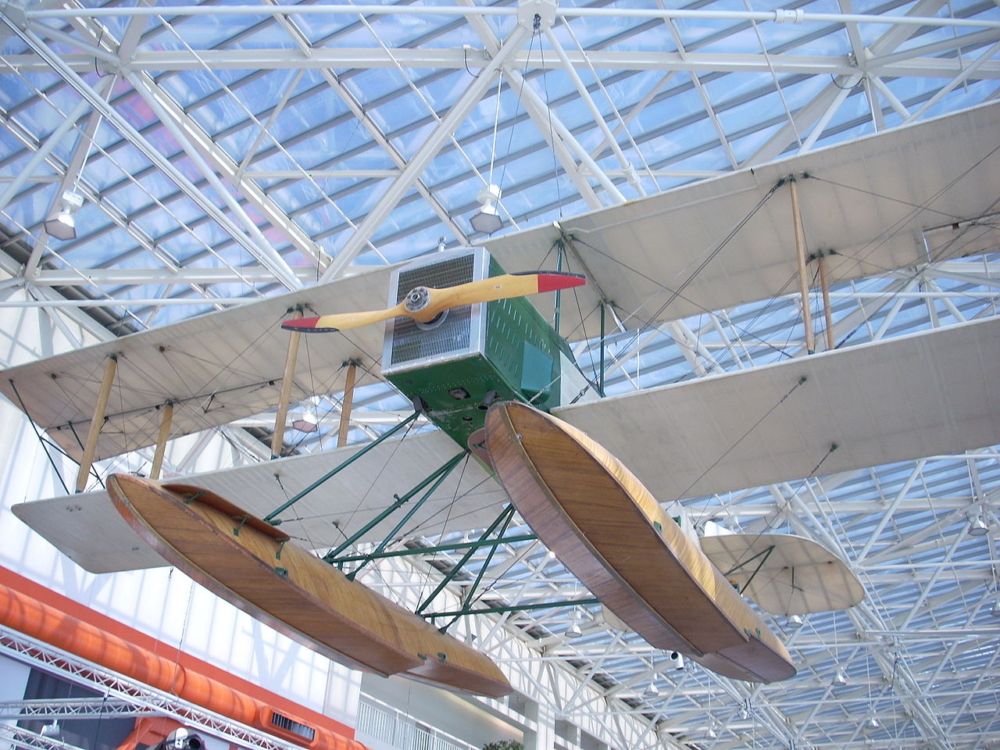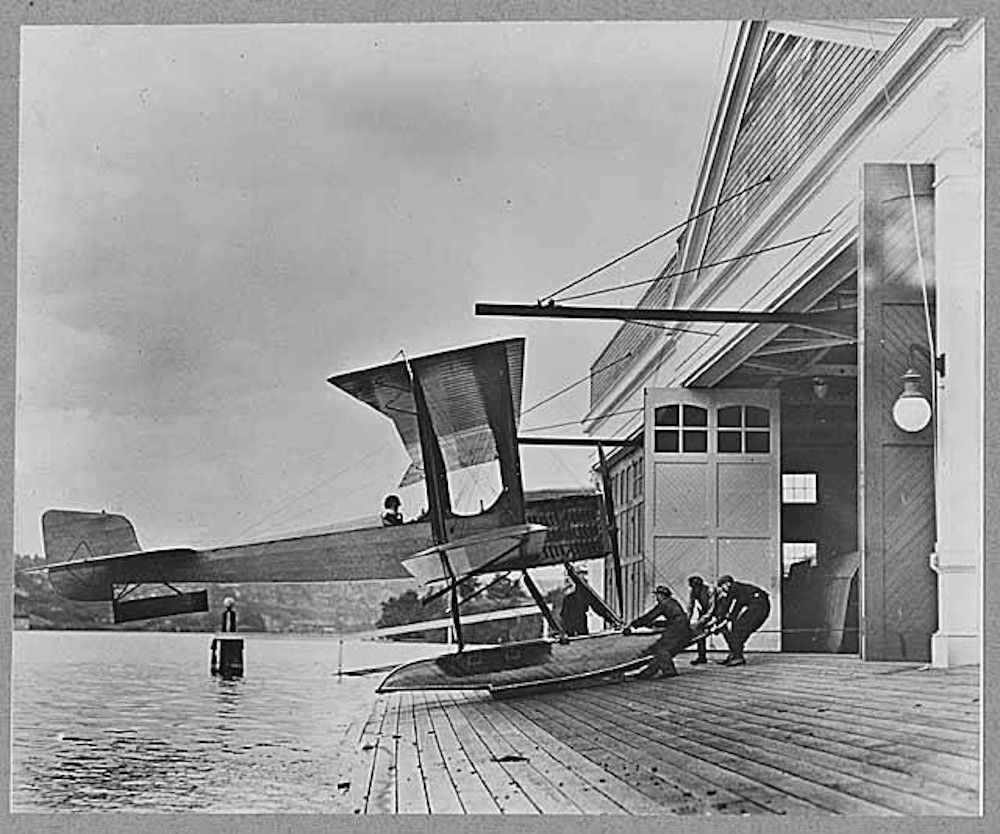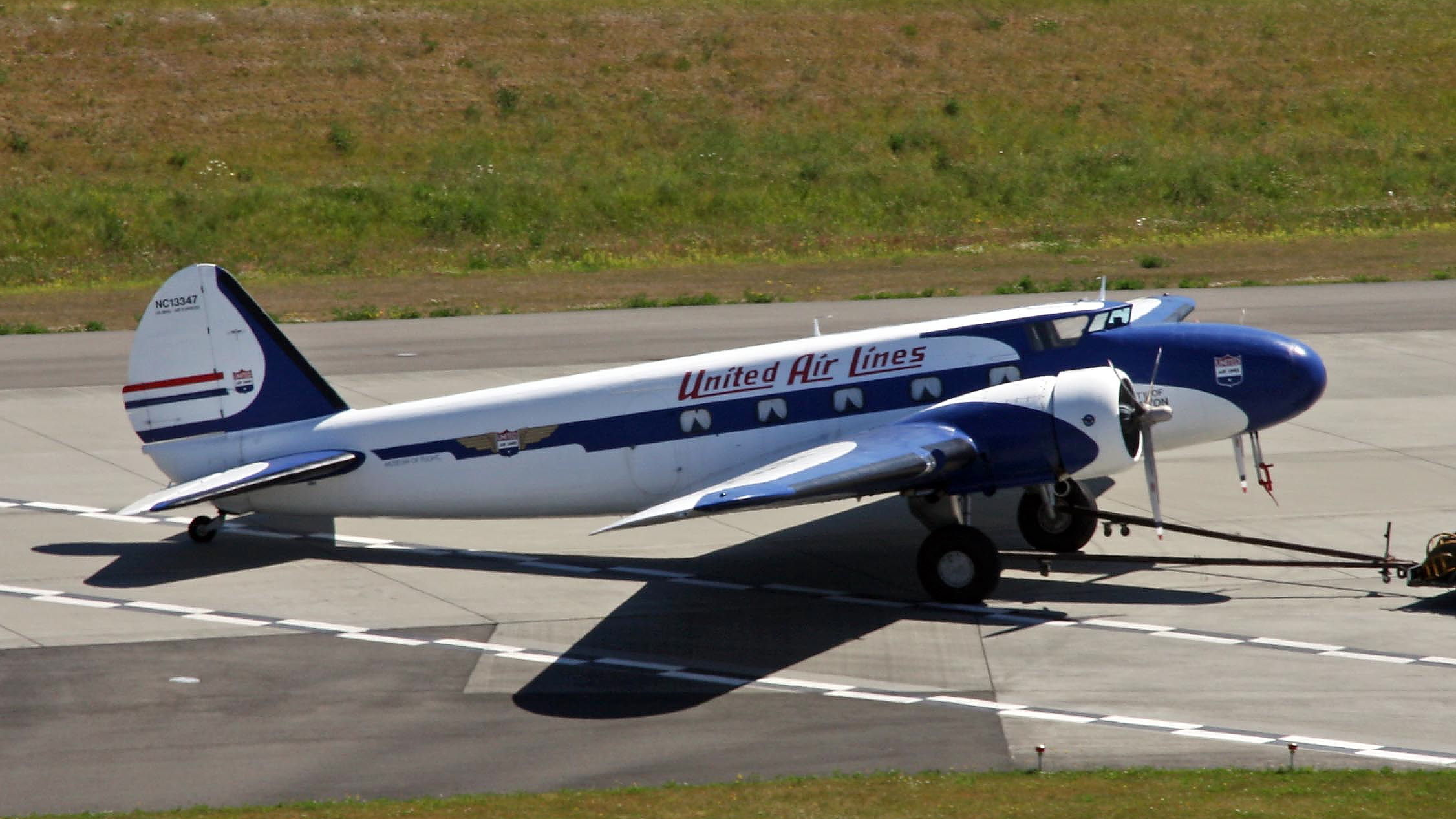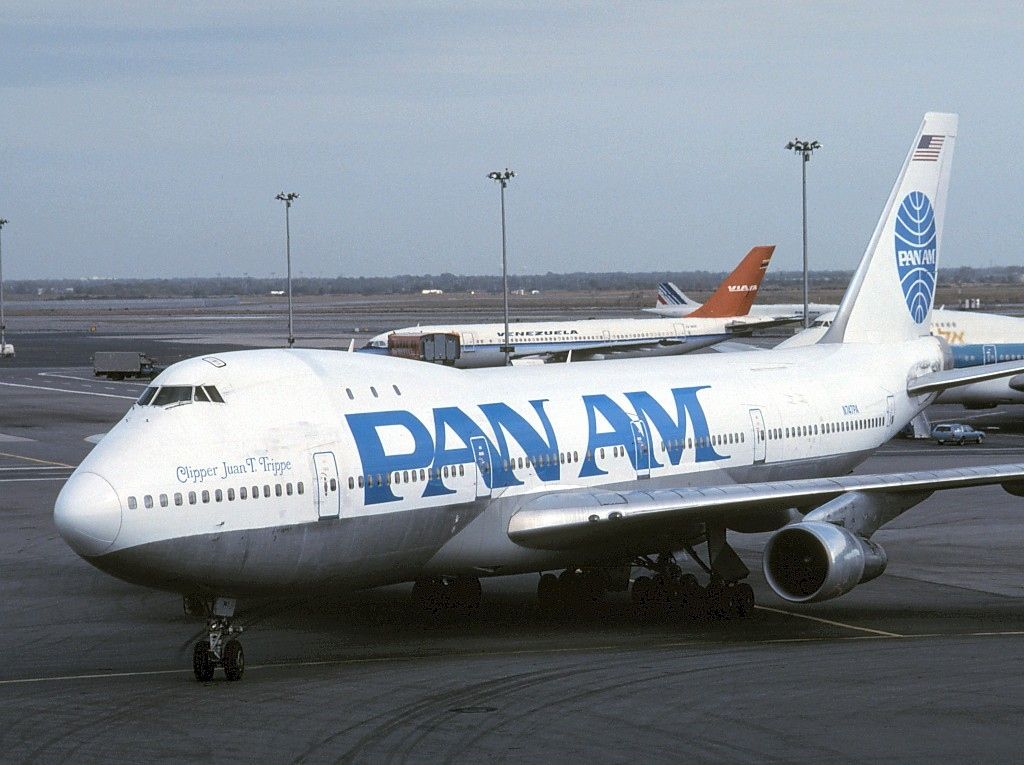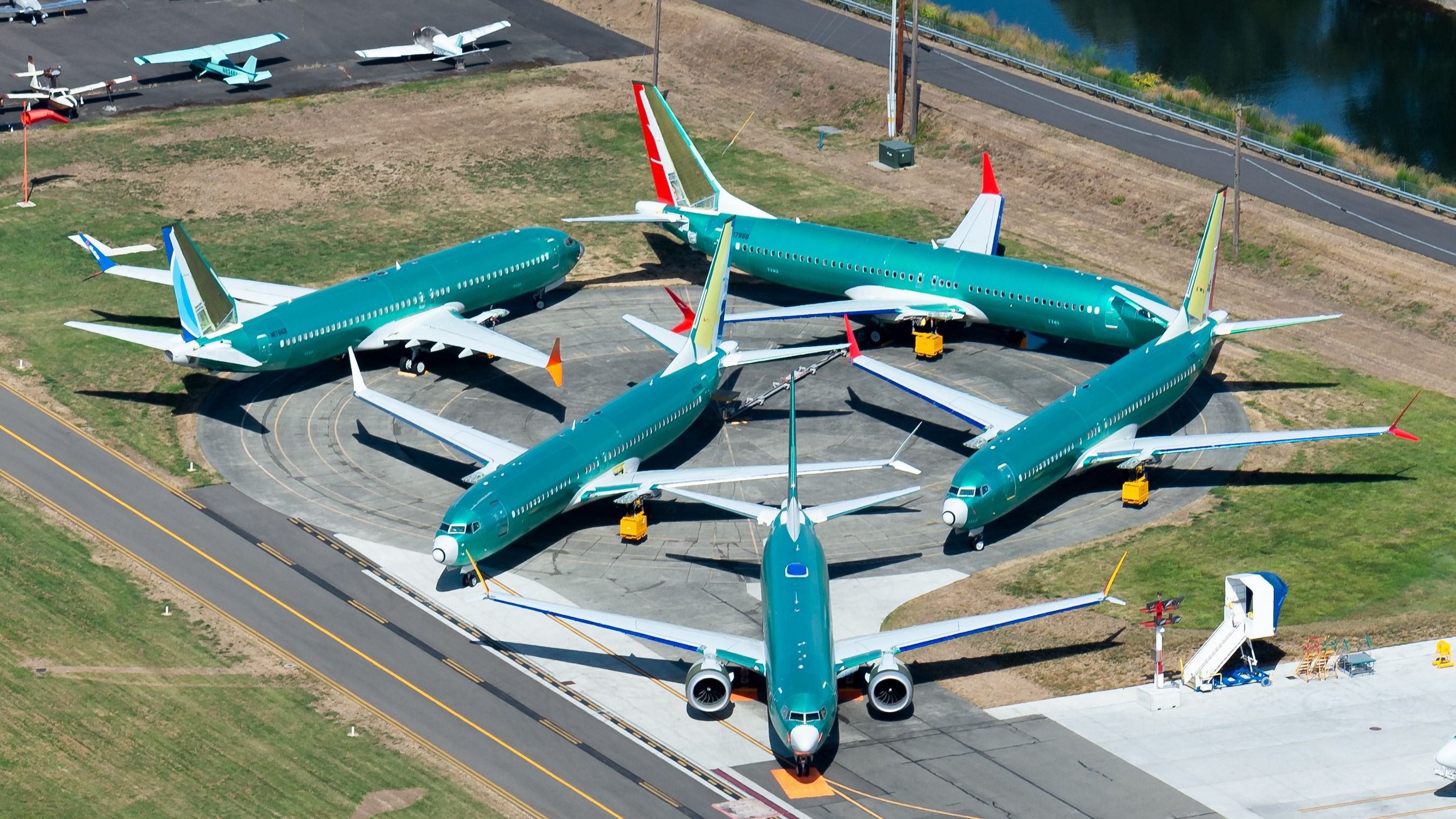Summary
- Boeing, founded in 1916, has a rich history of innovation in the aviation industry, from seaplanes to ultra-efficient jetliners.
- The company’s major accomplishments include the development of the Model 1 seaplane, the all-metal Boeing 247, and the groundbreaking 707 jetliner.
- Despite challenges like job losses during the war and the recent 737 MAX grounding, Boeing is looking towards the future with the reintroduction of the MAX and the upcoming launch of the 777X series.
Boeing is one of the largest aerospace and defense companies in the world. William E. Boeing founded the company in 1916 as Pacific Aero Products Company in Seattle, Washington. The company primarily manufactures commercial and military aircraft, rotorcraft, missiles, satellites, and telecommunication and intelligence systems. Headquartered in Chicago, Illinois, Boeing has over $100 billion market cap. Nearly 150,000 employees work under the company’s umbrella, producing some of the most iconic aircraft for commercial and defense markets.
Boeing has over a century of innovations and technologies under its belt. Simple Flying reflects on Boeing’s major accomplishments through the years. From humble beginnings with seaplanes to massive breakthroughs with ultra-efficient jetliners, Boeing has revolutionized the aviation industry in the period of a century.
In the beginning
While Boeing came into existence in 1916 as Pacific Aero Products, its roots lie a little further back. According to the company, William Boeing first developed a fascination for aircraft when he attended the first Los Angeles International Air Meet in January 1910. Just two months later, aged 28 years old, he purchased what would become his first factory.
While Boeing’s passion for aviation was strong, he didn’t experience his first flight until five years later. This took place in July 1915, when he had the chance to sample the joy of flying on a Curtiss seaplane, accompanied by Terah Maroney. Maroney was a pioneer of early aviation in the US and was known for her barnstorming exploits.
Boeing’s first aircraft
A year later, in 1916, Boeing began producing aircraft, resulting in the first flight of the Model 1. Also known as the B&W Seaplane, two examples of this design were produced. After the US Navy rejected Boeing’s advances, it became the company’s first international sale. They eventually went to the New Zealand Flying School.
Around that time, William Boeing officially incorporated his company under the Pacific Aero Products name. It became the Boeing Airplane Company in April 1917, just after the US entered the First World War. With conflict raging, the US Navy was more receptive to Boeing’s products and ordered 50 Model 2 seaplanes in July that year.
Moving onto airliners
With the war over, Boeing had to diversify its portfolio and tap into the zeitgeist of airmail. It produced the B-1 Flying Boat for this sector, which even operated international services to neighboring Canada. By the mid-1920s, it had begun producing a land-based airmail plane known as the Model 40. This was also an early airliner design, operated by Varney Airlines, Pacific Air Transport, and its airline, Boeing Air Transport.
The Model 40 was a biplane, as was the larger Model 80 that followed in the late 1920s. However, as the 1930s rolled around, Boeing switched its emphasis to monoplane configurations. This resulted in the production of the Boeing 247, an all-metal design that outranked other contemporary planes in terms of speed and safety. A total of 75 examples of the Boeing 247 were produced and operated by numerous commercial and military operators.
During the early years of the Second World War, 1940 saw Boeing’s Model 307 ‘Stratoliner’ enter service with Pan Am. This design could fly as high as 20,000 feet, thanks to it being the first airliner with a pressurized cabin. However, Boeing built just 10, as the conflict prompted a change of focus. For the rest of the war, it built bombers like the B-17 ‘Flying Fortress’ and the B-29 ‘Superfortress.’ The end of the war saw widespread job losses at Boeing.
A catalyst for a new age of air travel
After the conflict, Boeing looked to get back on its feet by launching its new 377 ‘Stratocruiser‘ design. It entered service in 1949 with Pan Am, but low sales totaling just 56 aircraft forced a rethink. This led the company to focus on the development of jet-powered aircraft instead. As such, the early 1950s saw it develop a prototype known as the 367-80.
This resulted in the production of a four-engine jetliner that Boeing dubbed the 707. This entered service with Pan Am in 1968 and had a huge impact, eventually selling 865 units plus 154 short-fuselage 720s. While it wasn’t the world’s first jetliner (this honor fell to the de Havilland Comet), the 707 is widely considered to have catalyzed the ‘jet age.’
The jet age heralded technological and social changes. The new technology made aircraft faster and larger, allowing more people from a wider range of backgrounds to travel further. Boeing took this to the extreme in 1970 when its famous 747 entered service with Pan Am. Otherwise known as the jumbo jet, this was the world’s first widebody airliner.
Twinjets and troubles
Boeing enjoyed great success with the 747, which has sold more than 1,500 units. It remains in production half a century later, with the final examples set for delivery next year. However, since launching the jumbo jet, it has primarily focussed on twinjet designs.
The advent of ETOPS has allowed it to produce twin-engine widebodies with long-haul capabilities. These have included the 767, 777, and 787 Dreamliner families. In terms of narrowbodies, the trijet 727 led to the development of the twin-engine 757. Both of these enjoyed significant commercial success, each selling over 1,000 units.
Photo: Thiago B Trevisan/Shutterstock
Boeing’s most popular airliner has also been a twin-engine narrowbody, namely the 737 series. Over 11,000 examples of the 737 (across various variants) have been produced. With a healthy order book of 7,000 aircraft of the type, it is one of the most widespread aircraft families of all time. However, fatal accidents involving the new 737 MAX series prompted these next-generation narrowbodies to be grounded for 20 months in 2019 and 2020.
Clearer skies ahead
Having weathered the double-edged sword of the MAX groundings and the coronavirus pandemic, Boeing is now looking to the future. It has been nearly a year since the FAA cleared the jet to return to the skies, and Boeing has been able to begin delivering its backlog of MAX aircraft. Data from ch-aviation.com shows that over 400 are currently active.
Boeing is also working towards the introduction of its new 777X series. Consisting of the 777-8 and 777-9 variants, it expects this next-generation widebody to enter service in the next two years. It made its first flight in January 2020, and the larger 777-9 variant is set to be the world’s longest airliner. It is assembled at Boeing’s Everett factory near Seattle. Underlining Boeing’s size, this complex features the largest building in the world by volume.
What are your best memories from Boeing’s history? Do you have a particular favorite aircraft in its portfolio? Let us know your thoughts in the comments.
[ad_2]
Source link

